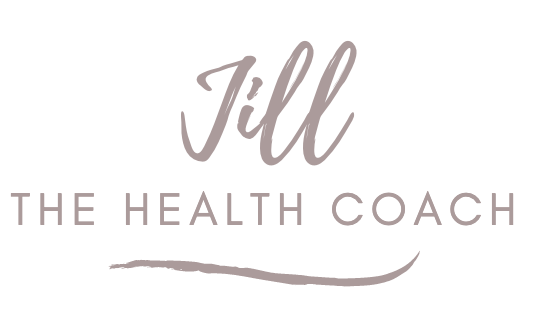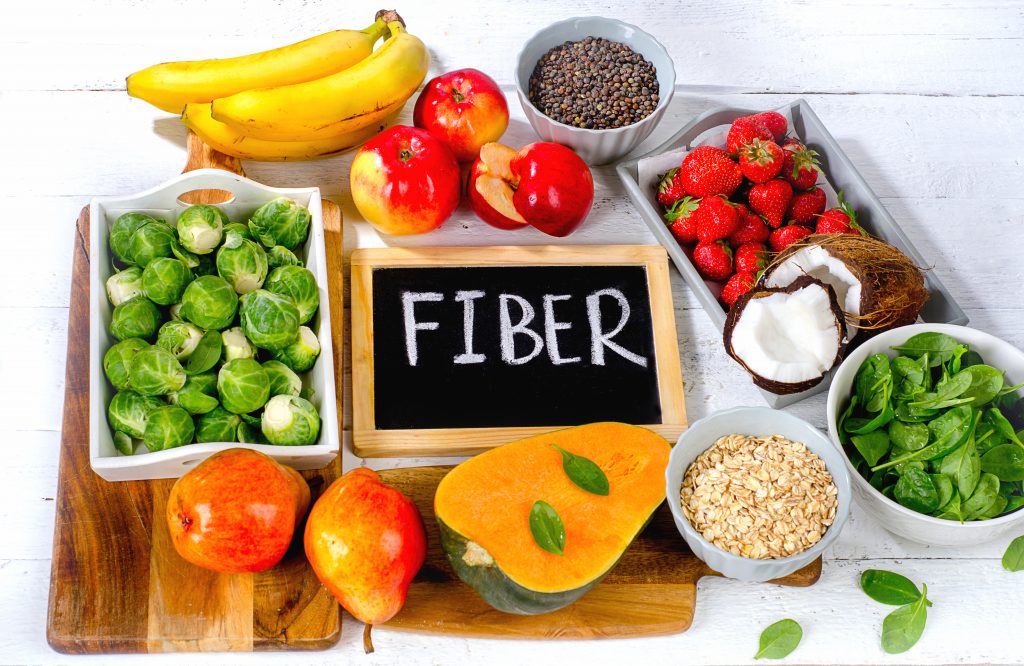Got Fiber?
We all know the benefits of fruits, veggies and clean proteins, but sometimes we forget about the importance of getting enough fiber.
Fiber has many benefits, some which reduce the risk of chronic disease! Here are the top 5:
1. Fiber helps alleviate constipation, hemorrhoids and diverticulosis, as it absorbs water, then “scrubs out” the intestines and then helps move out the waste. This removal of waste can help prevent colon cancer.
2. Fiber helps with food cravings and weight management as it increases satiety, thereby making you feel more full and for long periods of time.
3.Fiber helps lower blood sugar as it reduces the rate at which sugar is absorbed into the body. This can lead to better management of diabetes.
4. Fiber assists in creating “good bacteria” that your body needs in your gut to crowd out the “bad bacteria” created from eating too much sugar and processed foods. This can help improve digestive symptoms such as gas and bloat.
5. Fiber helps reduce the LDL cholesterol (the “bad” cholesterol).
Now that you see there are many benefits of fiber, what exactly is fiber and how much do we need?
There are 2 types of fiber: Soluble Fiber and Insoluble Fiber.
Both types of fiber remain undigested and therefore not absorbed into the bloodstream or cells and pass through our intestines and excreted.
The main difference is that soluble fiber absorbs water and forms a gel which slows down digestion and helps clean things out.
Conversely, insoluble fiber passes through the intestines largely intact and are considered the more gut-healthy fiber as they speed up the passage of food and waste.
However, you will notice that some fruits/vegetables have both soluble and insoluble fiber.
Soluble Fiber Food Sources:
- oats
- flax seeds, chia seeds
- barley
- lentils
- dried peas and beans
- Vegetables such as carrots, cucumbers and celery
- fruit such as apples, oranges, pears, strawberries, blueberries
Insoluble Food Sources:
- whole grains
- bran (try to avoid as it is very rough and aggravating to the intestines)
- nuts and seeds
- brown rice
- vegetables such as celery, broccoli, cabbage, onions, tomatoes, carrots, cucumbers, green beans, dark leafy vegetables, root vegetables
- fruit skins
You should strive to eat 25 grams of fiber per day.
To follow are among the highest fiber foods (per 1/2 cup serving of food):
- Chia seeds – 37.9g
- Flaxseeds – 27.1g
- Almonds – 12.1g
- Navy beans – 10.5g
- Oats – 10.1g
- Coconut meat – 8.9g
- Black beans – 8.7g
- Artichokes – 8.6g
- Walnuts – 6.8g
- Avocado – 6.7g
- Blackberries – 5g
- Broccoli – 3.3g
- Brussels sprouts/spinach – 2.6g
- Blueberries/apples – 2.4
- Cooked quinoa – 2.6g
A good fiber-filled sample day with 30 g of fiber may look like:
- 1 cup of beans – 17g
- 1 apple with skin – 4g
- 1 Tbsp flax seeds – 1.5g
- 3 cups salad greens – 3g
- 1/4 cup nuts/seeds – 3g
- 1/2 cup any fruit or veggie – 2g
So, make sure you start getting more fiber so you can help get things moving!
And if you want to check out some other foods that help keep my optimal weight and feeling energized, check out my personal food shopping list for great healthy food ideas and guidelines:)
All material in this newsletter is provided for information only and may not be construed as medical advice or instruction. No action or inaction should be taken based solely on the contents of this publication;instead readers should consult appropriate health professionals on any matter relating to their health and well-being. The information provided has not been approved the Food & Drug Administration and is not intended to diagnose, treat, cure, or prevent any illness or disease.
“It is our choices that show what we truly are
far more than our abilities.”
Live well and love more,
Jill Gordon
CHHC, HHC, CNHP,
Digestive Health Specialist

